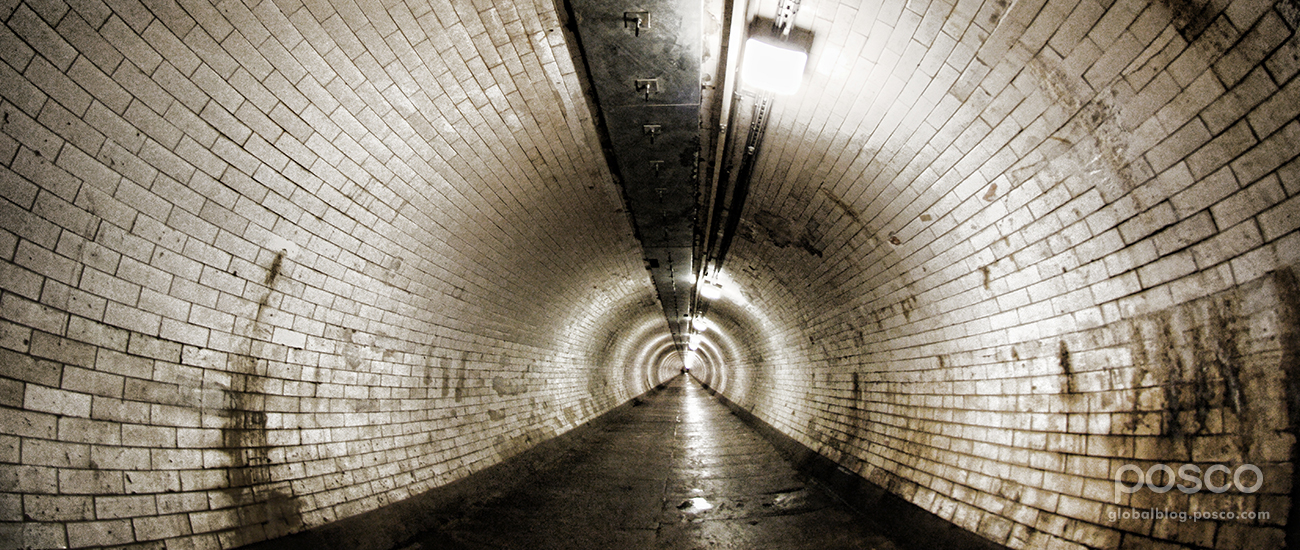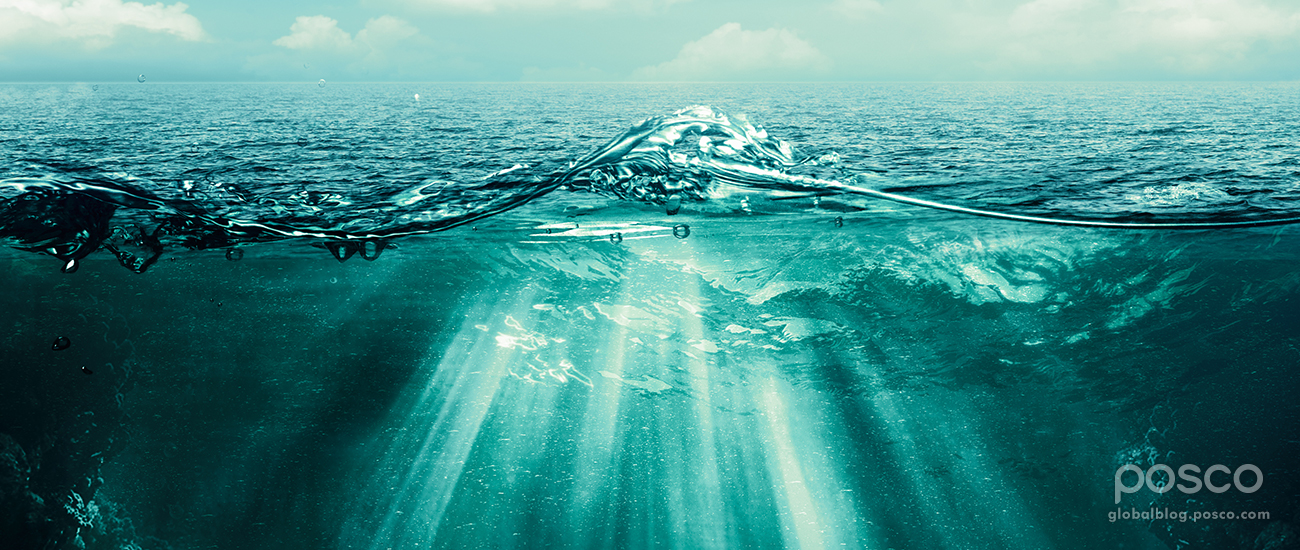Since the publication of Jules Verne’s 20,000 Leagues Under the Sea in 1869 up until the dawn of today’s sci-fi thrillers such as Stargate Atlantis, the concept of underwater exploration and civilization has captured the imagination of the public. Now, facing problems like overpopulation, rising sea levels and increasing natural disasters, humanity is seeking alternative living environments, and with ever-progressing technology, life under the sea no longer seems all that unrealistic.
In fact, some small underwater habitats already exist, and we have the technology to create and maintain larger ones that could easily support human sustenance. Might it be possible that one day there will be an entire network of undersea cities, brimming with futuristic technology and advanced ways of living? And if it is, how would these sub-aquatic societies be connected?
Undersea Tunnels, a Brief History

Undersea tunnels, the most likely method of transportation in a world submerged by water, are not a new concept. In fact, the earliest example of such engineering endeavors dates back to around 2100 BCE, when the Babylonians used a tunnel to divert the Euphrates River. It wasn’t until the 19th century that the world saw a succession of more challenging tunnel projects, made possible by vast improvements in surveying and ventilation techniques.
The first notion of the Channel Tunnel, which connects England and France, was proposed to Napoleon Bonaparte in 1802 by a French engineer named Mathieu-Favier, but it wasn’t until the 1960s that it became a reality. Instead, London’s Thames Tunnel became the first modern undersea tunnel in 1843, taking almost 20 years to complete. The tunnel was originally designed for, but never used by, horse-drawn carriages.
Noting the comparable advantages undersea tunnels have over bridges, such as their ability to divert traffic and not be affected by external factors such as wind or rain, city planners began incorporating them into city layouts in the late 1800s. But, at the time, the methods used to construct these tunnels consisted mainly of excavating in painstakingly small increments, and were incredibly time consuming.
The game changed in 1903 with a construction project beneath the Detroit River in America when engineers used a method that involved anchoring premade sections of steel tube into a pre-dug trench on the river floor. Then, in 1971, a new era of underwater tunneling began with the construction of the Seikan Railroad Tunnel, which currently stretches 53.85 kilometers beneath the Tsugaru Strait in Japan. Instead of using the antiquated tunneling techniques of the past, tunnel builders began to utilize giant tunnel boring machines to make the process go faster. Since then, tunneling projects that could once only be conceptualized have become a reality.
The Eurasia Tunnel Project, for example, is a 14.6 kilometer-long road tunnel that will link Europe and Asia via the Bosporus Strait, and is currently in the last stages of construction. It is a project that has long been discussed and aims to reduce traffic in Istanbul, the second-worst European city in terms of traffic congestion.
Tunneling to the Future
Of course transportation tunnels like these would be vital in aquatic lands, but a sustainable undersea city would also need gas, oil, electricity and, most importantly, oxygen. Yet, some of these types of undersea tunnels exist, and are constantly being positioned across the waters of the world.

In the most recent tunnel developments, POSCO, in coordination with GS Caltex and Jeonnam Development Coorporation, has made plans to construct a 3.98 kilometer-long undersea tunnel connecting Gwangyang Port and Yeosu Industrial Complex by the first half of 2019.
POSCO Green Gas Technology will use the undersea pipe network to supply syngas produced at the Gwangyang SNG Plant to GS Caltex, which will then use the syngas for petroleum refining and enhancing processes. Furthermore, the undersea tunnel will minimize risks associated with transport and establish an efficient undersea logistics infrastructure by reducing production and logistical costs.
POSCO’s gas pipeline tunnel is indicative of what is to come. Perhaps the undersea tunnels of the future will allow for the transportation of fresh drinking water, alternative energy resources or even food sources from faraway lands. But with real-life projects concerning tunnels between Morocco and Spain, Japan and South Korea and the mainland of Canada and Prince Edward Island on the table, it is clear that such possibilities are not only realistic, but also limitless.
- 20000 Leagues Under the Sea
- Asia
- Bosporus Strait
- Brief History
- Canada
- Channel Tunnel
- city
- construction
- Euphrates River
- Eurasia Tunnel Project
- Europe
- future
- gas pipeline
- gas pipeline tunnel
- GS Caltext
- gwangyang
- Gwangyang port
- Istanbul
- Japan
- Jeonnam
- Jule Verne
- Jules Verne
- life under the sea
- overpopulation
- POSCO
- Prince Edward Island
- sci-fi
- South Korea
- Stargate Atlantis
- steel
- sub-aquatic
- sub-aquatic society
- sustainability
- sustainable
- technology
- traffic
- tunnel
- undersea tunnel
- Undersea Tunnels
- underwater habitat
- underwater tunnel
- Yeosu
- Yeosu Industrial Complex

